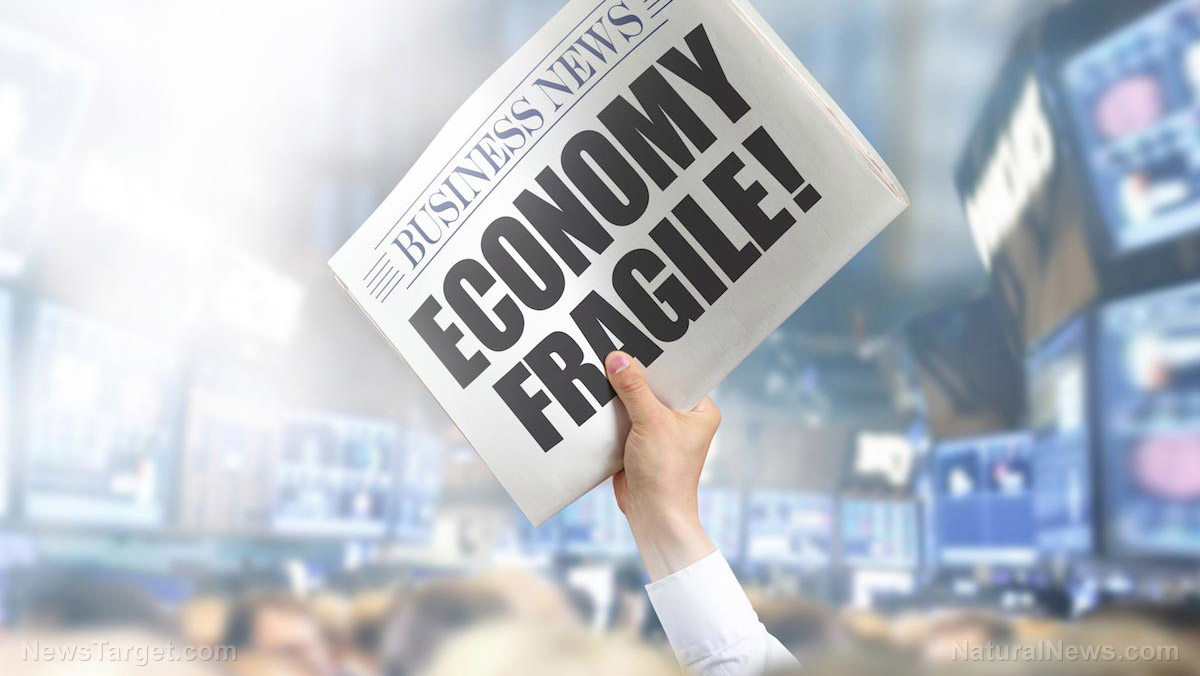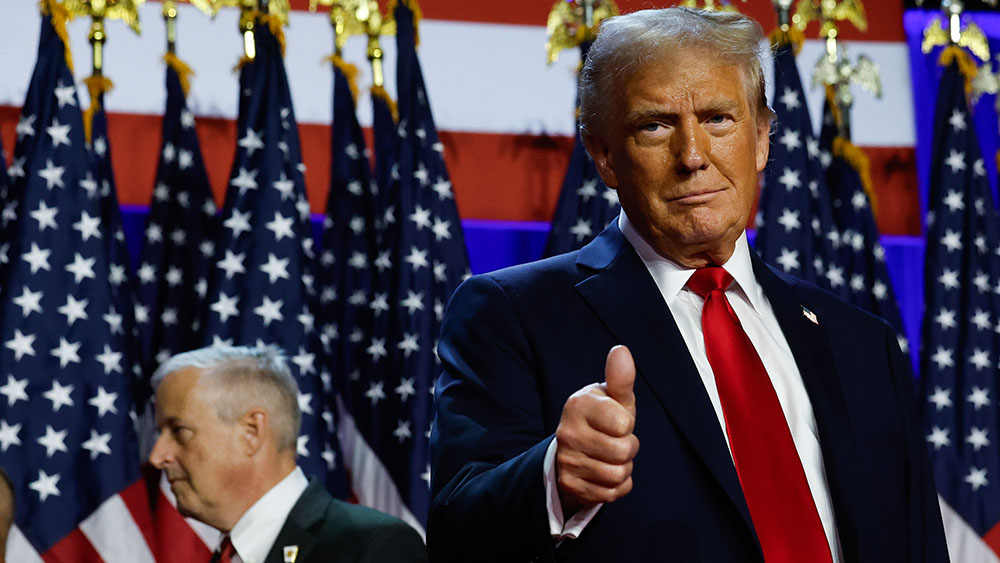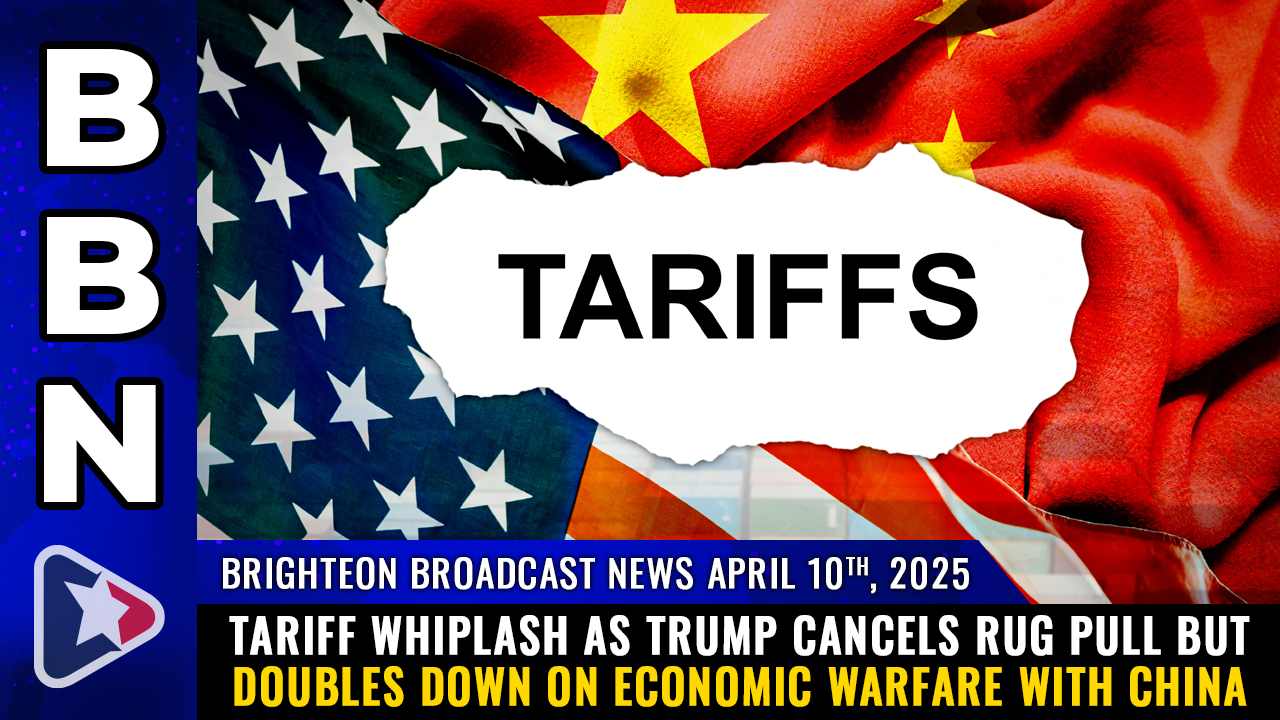Decoding the economy: Thomas Sowell’s “Basic Economics” illuminates the principles of prosperity
04/10/2025 / By Belle Carter

- Thomas Sowell’s “Basic Economics” simplifies complex economic principles for a broad audience, bridging the gap between academic jargon and public understanding.
- The book highlights scarcity as a universal constraint – limited resources versus infinite desires – affecting all economic systems and individuals, regardless of wealth.
- Sowell explains prices as signals of scarcity and value, contrasting efficient market-driven pricing (e.g., beachfront property) with the failures of centrally planned economies (e.g., Soviet shortages).
- Policies like rent control distort supply and demand, leading to shortages, reduced quality and misallocation of resources, as seen in housing and healthcare.
- Profits guide efficient resource use and spur innovation (e.g., McDonald’s, Intel), while losses signal waste, demonstrating how competition drives economic progress. This captures the book’s key themes and Sowell’s emphasis on foundational economic logic.
In a world where economic decisions ripple through every facet of daily life, understanding the fundamentals of economics is not just an academic pursuit but a necessity for informed citizenship. Enter Thomas Sowell’s seminal work, “Basic Economics: A Common Sense Guide to the Economy,” a book that has demystified economic principles for decades.
First published in 1995, this book has become a cornerstone for students, policymakers and everyday readers seeking clarity in a complex world. Sowell, an eminent economist and social theorist, recognized a critical gap between the jargon-laden discourse of economists and the public’s yearning for straightforward, relatable insights. As he succinctly puts it, “Learning economics should be as uncomplicated as it is informative.” With this guiding principle, Sowell set out to transform the way we understand the economy.
At its core, “Basic Economics” is an exploration of the fundamental principles that govern economic activity. Sowell emphasizes that these principles are not inherently difficult to grasp, but they are easily obscured by political rhetoric and sensationalized media headlines. One of the central tenets he elucidates is the concept of scarcity. Scarcity, he explains, is an inescapable reality that transcends economic systems – whether capitalist, socialist or otherwise. It dictates that resources are limited, and desires are infinite, creating a perpetual challenge to allocate resources efficiently.
Sowell illustrates the pervasive nature of scarcity with a poignant example: the middle-class American family that, despite enjoying a standard of living that would be considered luxurious in many parts of the world, still feels financially constrained. This is not due to a lack of income but because scarcity is an inherent constraint that affects everyone, regardless of wealth. It underscores the fundamental truth that there is never enough to satisfy all wants completely.
A pivotal chapter in the book delves into the role of prices, which Sowell describes as more than mere numbers. Prices, he argues, are messengers conveying vital information about scarcity and value. For instance, the high cost of beachfront property is not a reflection of greed but rather a manifestation of its limited supply and high demand. Prices serve as a mechanism to allocate these scarce resources efficiently. (Related: President Trump announces new tariff rates to compete globally and rebuild American economy.)
Sowell contrasts the efficiency of market-determined prices with the inefficiencies of centrally planned economies, using the Soviet Union as a case study. In the Soviet system, prices were set by planners, leading to chronic shortages and inefficiencies. In contrast, market economies rely on the interplay of supply and demand, allowing prices to adjust and guide resource allocation. This system, Sowell contends, is far more effective because it harnesses the collective knowledge of millions of individuals rather than relying on the limited insight of a few planners.
The book further explores the consequences of price controls, using rent control as a prime example. Sowell argues that rent control creates a gap between supply and demand at artificially low prices, leading to housing shortages. This, in turn, results in people using more housing than they need while others struggle to find accommodation. Over time, rent control also discourages landlords from maintaining or building new properties, leading to a decline in housing quality and quantity.
Sowell’s analysis extends to other areas, such as gasoline shortages and the inefficiencies of government-controlled medical systems. He argues that price controls often lead to unintended consequences, including quality deterioration, black markets and resource misallocation.
Another critical aspect of “Basic Economics” is the role of profits and losses in a market economy. Sowell posits that profits are not merely rewards for entrepreneurs but signals that resources are being used efficiently. Conversely, losses indicate that resources are being wasted and need to be reallocated. This system ensures that resources are constantly directed toward their most valued uses.
Sowell uses the success of companies like McDonald’s and Intel to illustrate how profits drive innovation and efficiency. These companies have thrived by adapting to changing consumer preferences and technological advancements. He also discusses the role of competition in fostering innovation as companies strive to outdo each other in providing better products and services.
In essence, “Basic Economics” is a clarion call for understanding the principles that underpin economic activity. It challenges readers to think critically about the policies and decisions that shape our world. Sowell’s insights remind us that economics is not just about numbers and charts; it’s about the lives of people and the choices we make. As he eloquently states, “Economics is the study of the allocation of scarce resources.” This book empowers readers to navigate the economic landscape with confidence and clarity, making it an indispensable guide for anyone seeking to understand the forces that drive our world.
Learn more about the book “Basic Economics” by watching the video below.
This video is from the BrightLearn channel on Brighteon.com.
Sources include:
Submit a correction >>
Tagged Under:
Basic Economics, big government, Bubble, demand, economic riot, economics, economy, finance, finance riot, market crash, money supply, price control, rational, rent control, risk, scarcity, supply chain, Thomas Sowell, truth
This article may contain statements that reflect the opinion of the author
RECENT NEWS & ARTICLES
COPYRIGHT © 2017 RISK NEWS




















